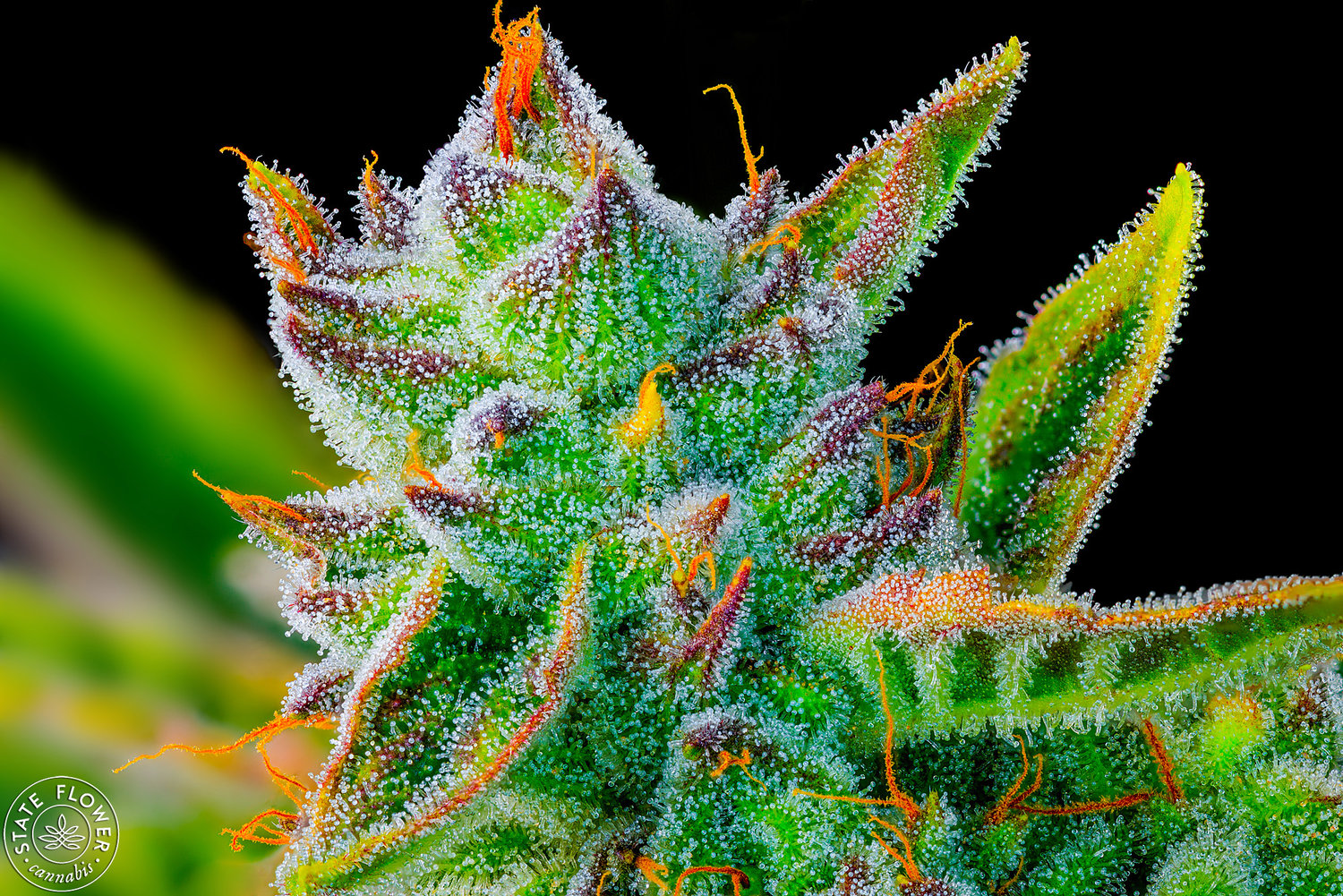By Lauren Vinopal
Given the amount of information cannabis consumers have inhaled about THC and CBD, (and CBN) it’s understandable why we would sleep on CBG. The cannabinoid known as cannabigerol may seem no different than any of the 100-plus cannabinoids currently being uncovered, but the difference is kind of a big deal.
CBG is literally the mother of all cannabinoids. And it’s a compound with great medicinal and therapeutic promise. “It is sometimes referred to as the parent cannabinoid because all other phytocannabinoids are derived from it,” Jeremy Riggle, a PhD in analytical chemistry and chief scientist of Mary’s Brands, explains.
CBG is referred to as a parent, not because it was discovered in the 1960s, but because it starts as a stem cell molecule that all other cannabinoids are derived from. The way it works is: all cannabis plants start off producing CBG in acidic form. Once they are exposed to ultraviolet light or heat, they convert into cannabinoids THC and CBD.
For all cannabis compound ratios, the higher the THC, the lower the CBD, because there are only so many cannabinoids that can fit in a bud. The same goes for CBG—the more THC and CBD, the further their parent fades away, so the less CBG.
“It is found in higher concentrations in younger plants, before the plant has time to convert it to other phytocannabinoids. In mature flowers, CBG is found in relatively small amounts,” Riggle says.
The amount of CBG in most cannabis has always been around one or two percent for this reason, but has declined further as the market demand for THC and CBD gets higher. After all, there’s not a ton of recreational reasons to leave CBG behind; it is non-psychoactive. However a growing amount of experts believe that CBG could have benefits similar to CBD—potentially taken up a notch.
CBG has been found to improve mood by increasing anandamide, a neurotransmitter that promotes joy and bliss. It might act as a GABA reuptake inhibitor further promoting psychological health and well-being. CBG could also help people manage psoriasis, inflammation, muscle spasms, and MRSAsuper bugs. One study even suggested the potential for CBG to help protect against neurological conditions like Huntington’s Disease.
On a molecular level, the medical and therapeutic use of CBG appears so promising because of the many pathways that it goes through. Similar to other cannabinoids, CBG interacts with CB1 and CB2 receptors, the primary receptors of the endocannabinoid system, which helps to regulate mood, appetite, stress, sleep, and pain.
However, CBG does much more that that, interacting with adrenoreceptors, and 5-HT1A serotonin receptors, as well as the TRPM8, TRPA1, TRPA8, TRPV1, TRPV2, TRPV3 and TRPV4 ion channels. Ultimately, what this means is that CBG might be able to do what CBD can, potentially with greater efficacy, but also much more that has yet to be discovered.
It’s important to note that like most cannabinoid research, the findings on CBG are super limited. Think: pre-clinical and animal model studies, Dr. Jordan Tishler, a physician and cannabis expert at Inhale MD, explains.
“All cannabinoids have been suggested to have either anti-cancer or anti-inflammatory effects, or both,” Tishler says. However he adds, “This is only in the test tube and there has been no research to verify if this has any significant means in human beings.”
Until more research is done on humans across larger sample sizes, scientists cannot definitively conclude that CBG is any better than CBD (which itself is still under-researched). And unlike other cannabinoid research, CBG is more costly to study because it is so rare. It takes about 20 times more biomass to extract CBG in a lab, or growers have to compromise crops to extract pure CBG before it converts to CBD and THC.
But given the raw potential, Riggle, Tishler, and now the National Center for Complementary and Integrative Health—which announced plans to research CBG and other minor cannabinoids in 2018—agree that it is worth it. And if it really is that much like CBD, a market that is projected to grow 107 percent every year until 2023, CBG research could pay for itself.
“More research is needed on human populations …” Riggle says. “Having said that, the potential of these compounds in human health is pretty staggering and extremely exciting.”
Although it is rare and presented in small doses, CBG-curious smokers can consider several strains that have more or it than others. According to Leafly, sativas like Allen Wrench, Mickey Kush, Destroyer, and the hybrid Magic Jordan, have more CBG and are known to help with pain, stomach aches, and lack of sleep.
Breeders are also beginning to play with genetics and extraction timelines in an attempt to get more CBG out of their cannabis. However, Tishler is skeptical that any strains that boast more CBG will have any discernible effects on the average recreational user. “It may be involved in some way with the entourage effect that hypothesizes that the effects of THC are modulated by other cannabinoids but this is only a theory and has only been studied for CBD,” he says.
The future is bright for THC and CBD’s long-forgotten parent CBG, but at this point it is more of an emerging field of study than a miracle medicine, and scientists are many steps away from making that a reality. But with more research, CBG might end up taking care of a lot of people, like a good mom or dad.
This article appeared first here.










